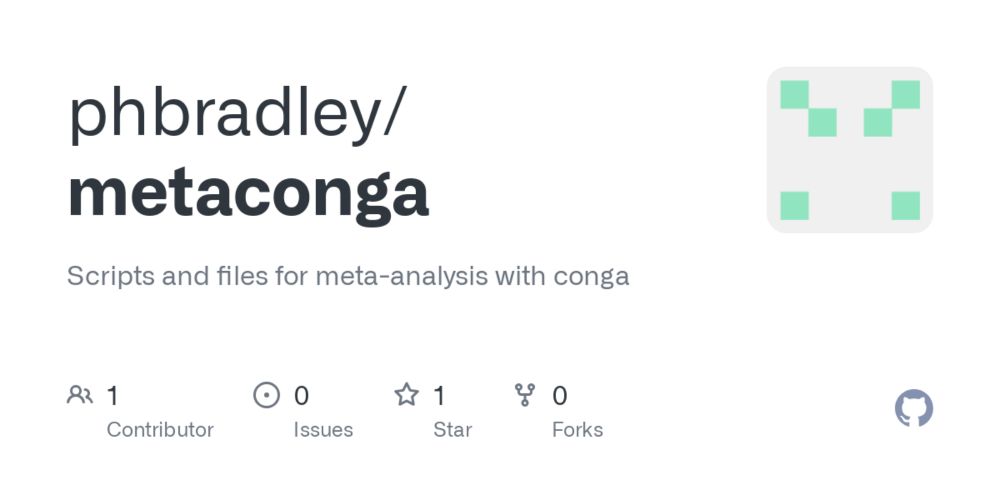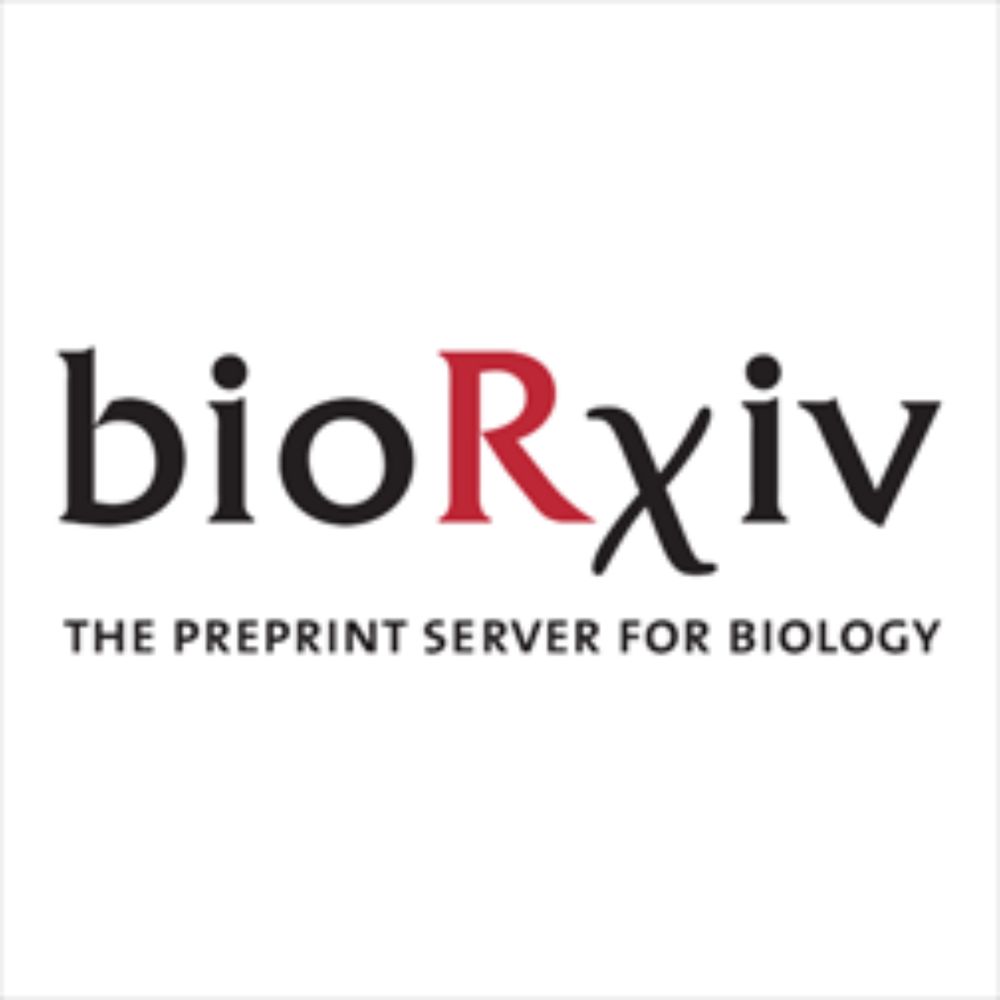This was a collaborative effort between led by Phil Bradley (not on the socials) and @sschattgen, with Kasi Vegesana, @Asya_Minervina, @villanilab, the MGH COVID-19 team, @s_valkiers and many others!
14.07.2025 23:52 — 👍 2 🔁 0 💬 0 📌 0
Alternatively, maybe you’ve matched TCRs and GEX to a newly curated regulatory unconventional population (previously difficult to match w/TCR sequence). These vary substantially across donors & conditions & may be highly predictive of immune states relevant to health and disease.
14.07.2025 23:52 — 👍 1 🔁 0 💬 1 📌 0
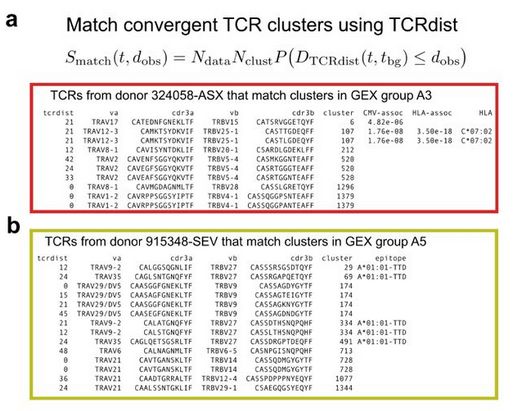
Maybe you’ve identified a novel condition-associated population and you want to see where it falls–is it a conventional epitope specific response? If so, we might be able to tell you the pathogen, the epitope, or the HLA-restriction (or all 3)?
14.07.2025 23:52 — 👍 1 🔁 1 💬 1 📌 0
Finally, can we put these two analyses together to make a useful tool for the field? We introduce a mapping tool that allows you to take a new data set and match it to the classifications we’ve defined in MetaCoNGA. This has many uses-
14.07.2025 23:52 — 👍 1 🔁 0 💬 1 📌 0
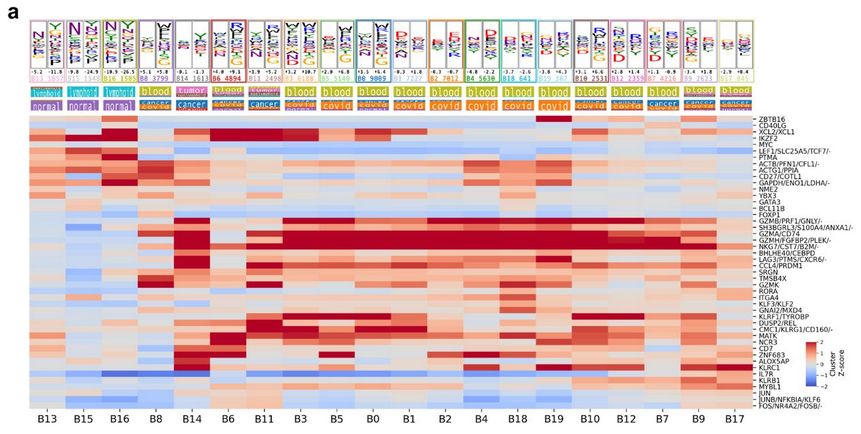
For each population we define a TCR motif and GEX profile, curating known natural Treg, NKT, ILTCK and similar populations, and several novel populations that we can isolate with similar resolution. The result displays the breadth of the unconventional T cell kingdom.
14.07.2025 23:52 — 👍 1 🔁 1 💬 1 📌 0
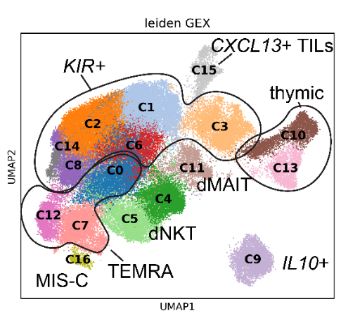
What do these represent? Lots of known unconventional T cell subsets (MAITs, NKTs, various thymic developmental subsets, KIR+ CD8s, and Tregs) and lots of unknown discrete unconventional populations.
14.07.2025 23:52 — 👍 1 🔁 1 💬 1 📌 0
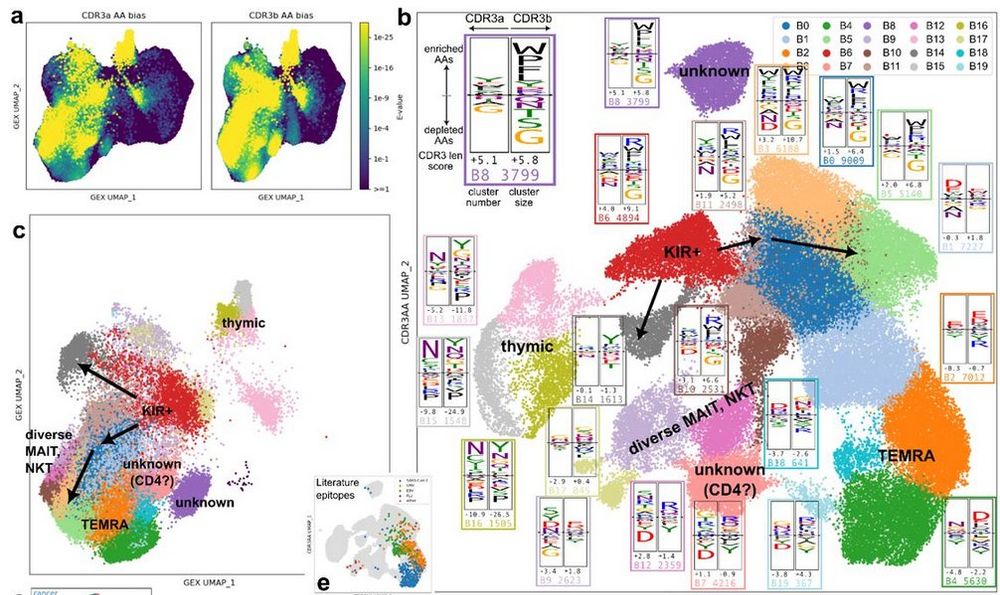
The idea here is that within GEX space, we look for regions where a subset of neighbors have strongly statistically biased usage of specific TCR amino acids (in no particular order). We find a lot of these neighborhoods! (Over 70K for CD8 & 50K for CD4).
14.07.2025 23:52 — 👍 1 🔁 1 💬 1 📌 0
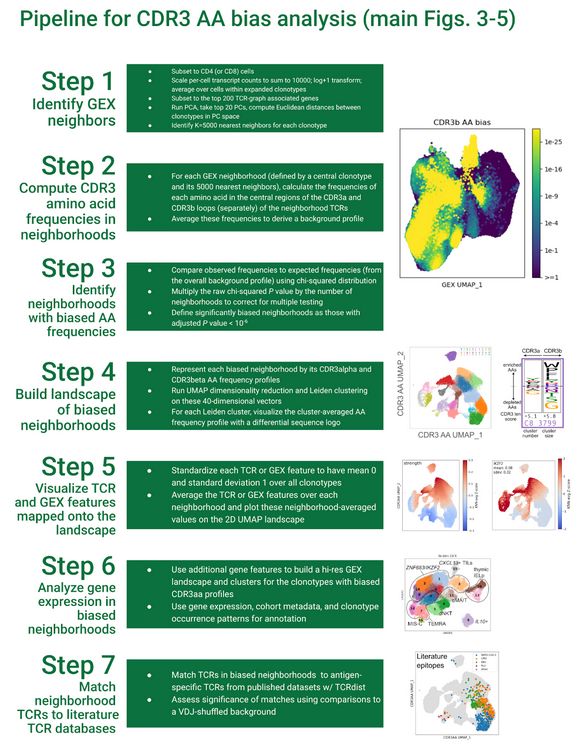
So that accounts for a big chunk of the conventional memory repertoire for both CD4 and CD8 T cells…but what about the rest of the repertoire? The second major analysis we perform is a GEX neighborhood-based amino acid bias assessment of the TCR.
14.07.2025 23:52 — 👍 1 🔁 0 💬 1 📌 0
This convergence also suggests a shared biology across humans in the functional memory generated against each of these pathogens. One question we are exploring is whether individuals that diverge from this pattern might have worse (or better) pathogen control.
14.07.2025 23:52 — 👍 1 🔁 1 💬 1 📌 0
As a result of this convergence, we have multiple clusters of known specificity (e.g. SARS, EBV, flu, or CMV) in close association with clusters of unknown specificity that we hypothesize are targeting the same pathogen. Experimental de-orphanization is underway.
14.07.2025 23:52 — 👍 2 🔁 1 💬 1 📌 0
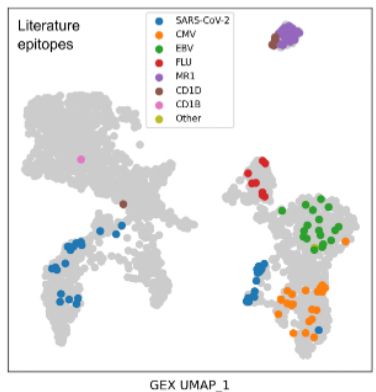
As we described in CoNGA 1.0, these TCR clusters converge in GEX space as well, demonstrating the profound effects of shared priming history. Even more dramatically, distinct epitopes targeting the same pathogen also converge in CoNGA GEX space.
14.07.2025 23:52 — 👍 1 🔁 0 💬 1 📌 0
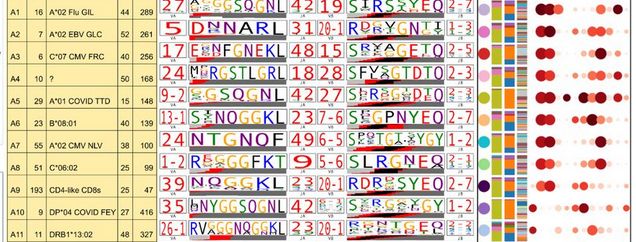
For some of these motifs, we have “re-discovered” classic immunodominant epitopes from flu (M1 58) or CMV (pp65 NLV). Many others are novel, though we can often assign an HLA restriction and may have a clue about the pathogen they target…
14.07.2025 23:52 — 👍 2 🔁 1 💬 1 📌 0
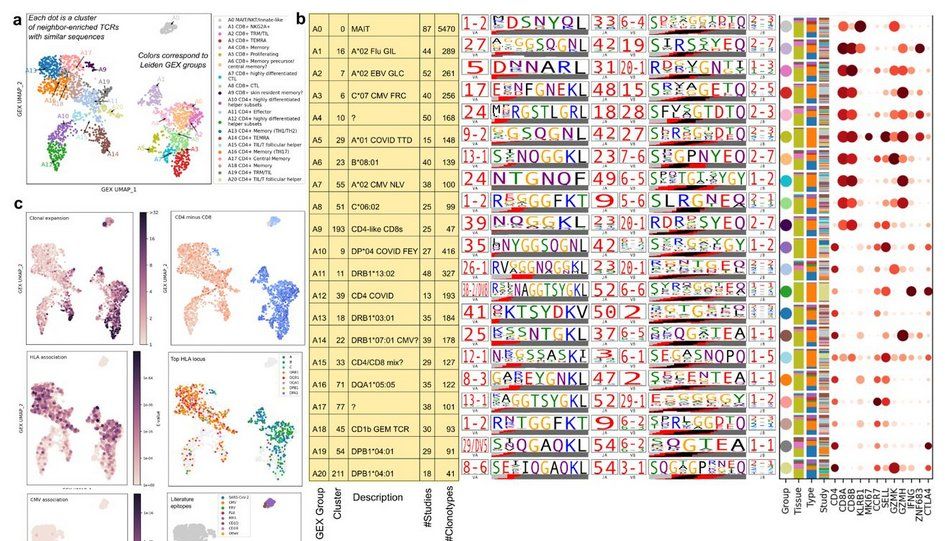
First, we perform an extensive “TCR convergence” analysis, finding regions of TCR space spanning individuals enriched for classic epitope-specific TCR motifs. We identify over 2000 such groups, representing the breadth of shared immunodominant responses across humans
14.07.2025 23:52 — 👍 1 🔁 1 💬 1 📌 0
MetaCoNGA merges data from diverse tissues, conditions (cancer, infections, healthy donors) and applies various applications of the CoNGA approach to this vast dataset. Here I’ll focus on three major results reported in the manuscript.
14.07.2025 23:52 — 👍 1 🔁 0 💬 1 📌 0
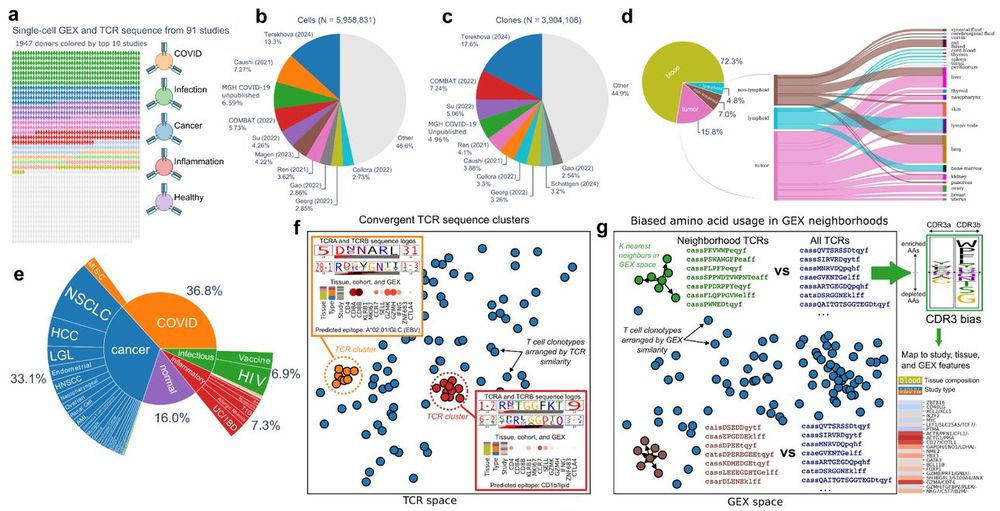
Previously we released the CoNGA algorithm, linking TCR sequence and GEX to identify structure-function relationships in the T cell repertoire. After extensive curation of a wide array of public data (1900 subjects, 6 million cells) we present metaCoNGA.
14.07.2025 23:52 — 👍 1 🔁 0 💬 1 📌 0
For transporting us beyond Seas to be tried for pretended offences
14.04.2025 16:42 — 👍 3566 🔁 1183 💬 42 📌 147
Thank you all again for the invitation and your amazing hospitality. This was a terrific meeting.
04.04.2025 11:52 — 👍 1 🔁 0 💬 1 📌 0
I love rancho gordo
29.03.2025 21:48 — 👍 1 🔁 0 💬 1 📌 0
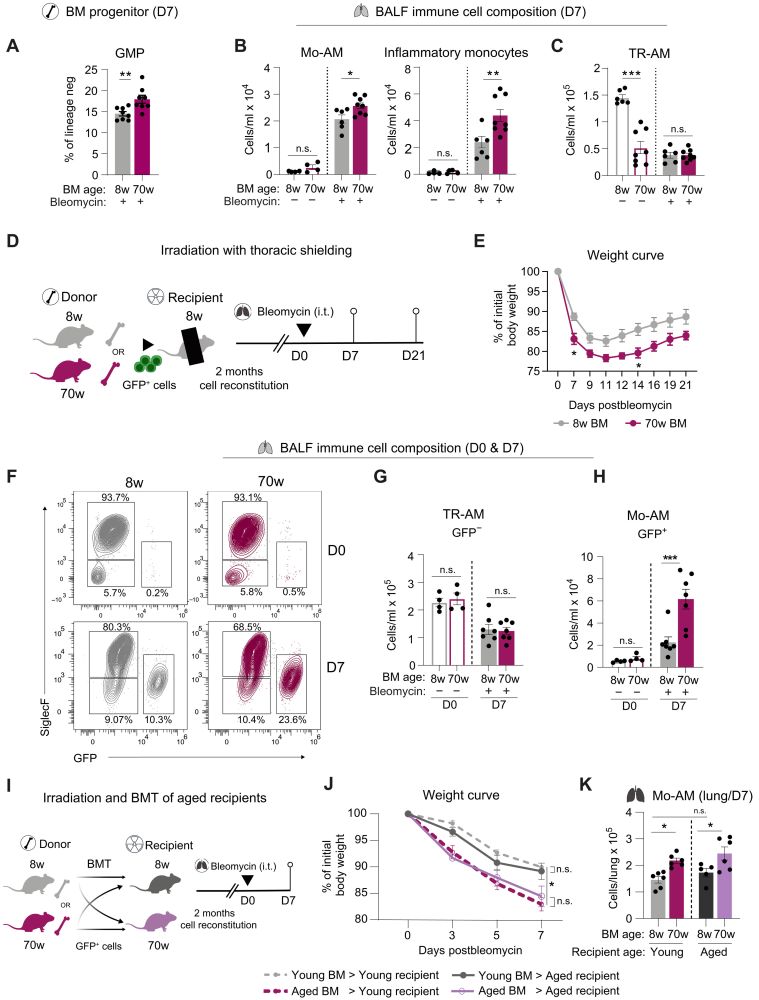
Hematopoietic aging drives lung fibrosis and profibrotic macrophage influx, stalling their maturation via reduced Treg-derived IL-10 @sciimmunology.bsky.social @asmafarhat.bsky.social
www.science.org/doi/10.1126/...
28.03.2025 19:26 — 👍 24 🔁 4 💬 0 📌 0
Eric Skaar presented this week's hospital-wide Danny Thomas Lecture, and it was a spectacular talk! So far outside what I normally think about and my mind was blown 🤯 Such innovative use of imaging modalities! THIS is why it is important for all of us to attend talks outside our usual science lanes🧪
28.03.2025 19:28 — 👍 9 🔁 2 💬 1 📌 0

Neuraminidase-specific antibodies drive differential cross-protection between contemporary FLUBV lineages
FLUBV Victoria infection elicits NA-specific antibodies that provide cross-lineage protection, possibly driving Yamagata decline.
A collaborative work resulting in an exciting paper on influenza B virus and the differential immunity elicited by the Vic and Yam lineages.
Neuraminidase-specific antibodies drive differential cross-protection between contemporary FLUBV lineages | Science Advances www.science.org/doi/10.1126/...
28.03.2025 18:25 — 👍 2 🔁 1 💬 0 📌 0
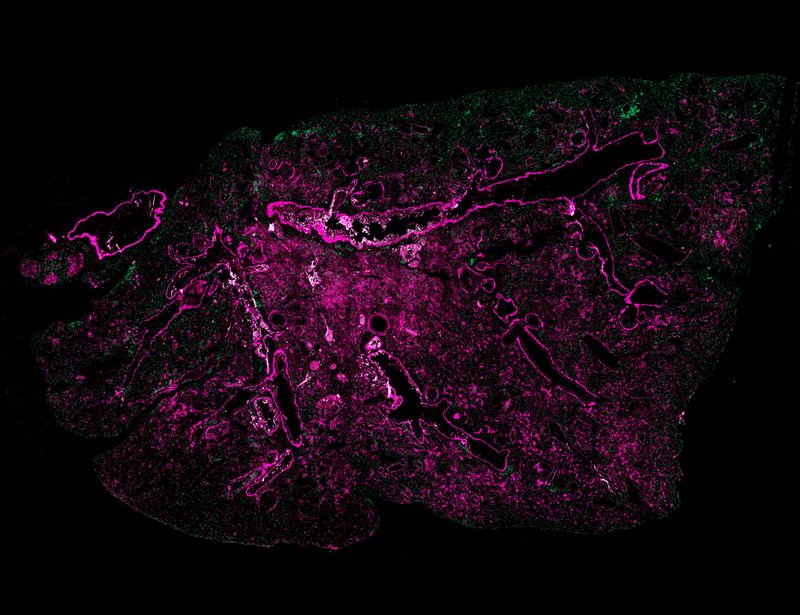
An aging bone marrow exacerbates lung fibrosis by fueling profibrotic macrophage persistence
Hematopoietic aging drives lung fibrosis and profibrotic macrophage influx, stalling their maturation via reduced Treg-derived IL-10.
#MedSky🧪 #IDsky #immunosky #publichealth Age-associated changes to the bone marrow impact immune regulation in the lungs, which promotes inflammation and #fibrosis after lung injury.
@knapplab.bsky.social via @sciimmunology.bsky.social
www.science.org/doi/10.1126/...
28.03.2025 18:45 — 👍 17 🔁 6 💬 0 📌 0
great thread on a great podcast!
27.03.2025 22:51 — 👍 4 🔁 1 💬 0 📌 0
really only one right answer though
27.03.2025 23:13 — 👍 1 🔁 0 💬 0 📌 0
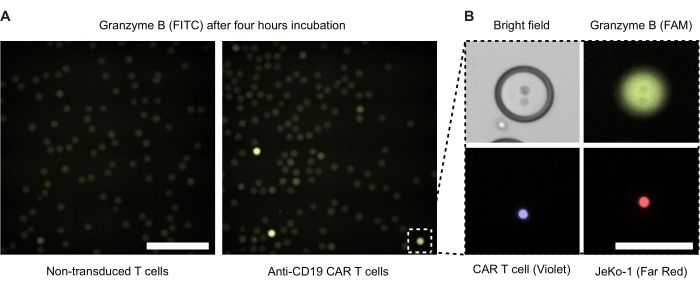
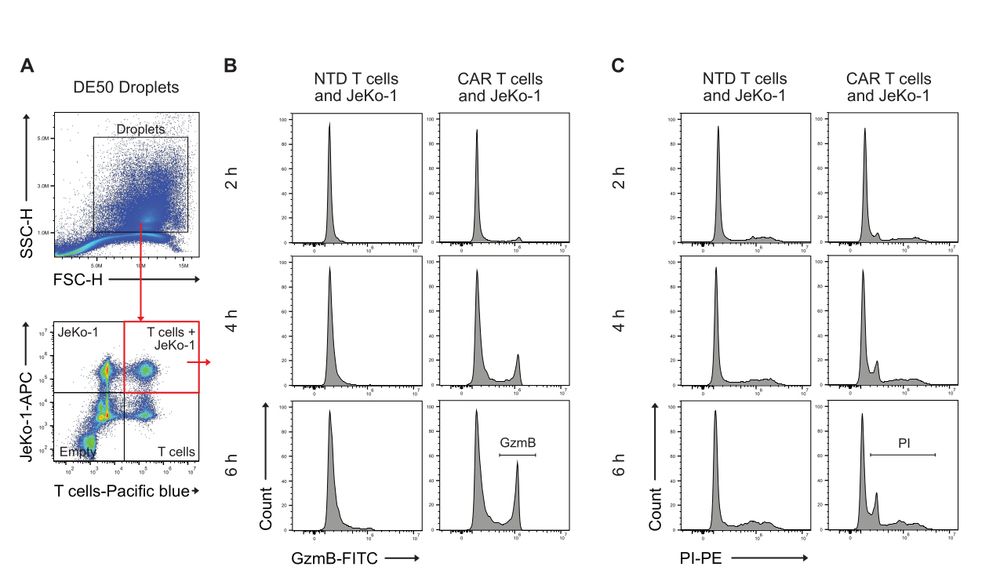
Assessing CAR T cells cytotoxic capacity at the single-cell level can be tricky.
Here we provide a method for encapsulating >500.000 single CAR T cells with single target cells in droplets together with reagents to examine killing using standard flow cytometry:
app.jove.com/t/67657/drop...
27.03.2025 19:01 — 👍 10 🔁 3 💬 1 📌 0

How a Cup of Tea Laid the Foundations for Modern Statistical Analysis
Scientific experiments run today are based on research practices that evolved out of a British tea-tasting experiment in the 1920s.
I've got a new book extract in Wired!
The book also has lots of stories about the history of controlled trials, case-control studies, cohort studies, confounding, causal inference and more - most of which I suspect you won't have heard before! You can order from: proof.kucharski.io
27.03.2025 09:59 — 👍 34 🔁 7 💬 1 📌 1
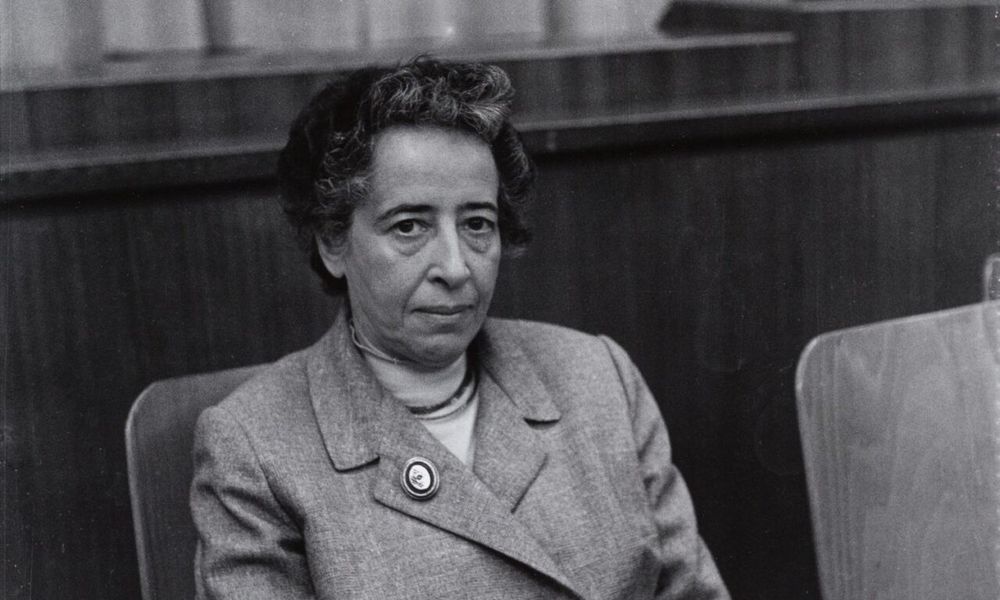
"Nothing which was being done, no matter how stupid, no matter how many people knew and foretold the consequences, could be undone or prevented."
- Hannah Arendt about Germany sliding to fascism in the 1920s and 30s.
26.03.2025 13:34 — 👍 71 🔁 24 💬 3 📌 1
🔬 Assistant Prof, Pathology @Duke | Director, Clin Micro Lab
🧫 Former Clin Micro Fellow @Memorial Sloan Kettering
👩🏻🔬 Former Postdoc @broadinstitute.org
🎓 PhD @The Rockefeller University
Focus: Diagnostics, AMR, Structural Biology
Grant Administrator
Chief Outreach Officer- ApertOwl
Volunteer- Children's Craniofacial Association
Co-Creating Ireland's Public Involvement in Open Research Roadmap
ENGAGED is building a national roadmap to shape public involvement in open research in Ireland. We believe that research can and does play an important role in tackling societal challenges.
Group leader of transposon group in Oxford at IDRM. #new_pi https://sites.google.com/view/berrenslab
We are a research group at University of Freiburg that studies the molecular mechanisms of T cell activation and how to use them for immunotherapy.
https://lillemeier.biologie.uni-freiburg.de/
Laboratory of Dane Parker 🇦🇺 Rutgers NJMS USA. Bacterial pathogenesis, host-pathogen interactions and innate immunity. Staphylococcus aureus. Interferons. Trained immunity. Center for Infection and Immunity. #immunology, #microbiology.
www.daneparkerlab.com
Assistant Professor in Trinity College Dublin. A mitochondria and immunometabolism enthusiast. Views my own. 🇮🇪
Biochemist 🧪| Empowering Life Scientists and Science Communicators to Achieve Their Career Goals | UCLA PhD + NIH Alum | Pharma R&D @GSK + @AstraZeneca 💊 | #SciComm Director ✍️| Career Coach | Star Trek | Sherlock Holmes | 🎹 | https://larrymillerphd.com
We study innate immunity to respiratory viral infections at
@imperialcollegeldn.bsky.social, @imperialnhli.bsky.social, Section for Respiratory Infections
Child Lung specialist, Queensland Children’s Hospital. Conjoint Prof University of Queensland & Deputy Director Children's Health & Environment Program (CHEP) International Conference Committee Chair-elect, ATS. My views on lung health #MedSky #PedsPulmSky
Freelance science journalist contributing to NYT, SciAm, Nature etc. Author of "Poached: Inside the Dark World of Wildlife Trafficking" (2018) and "I Feel Love: MDMA and the Quest for Connection in a Fractured World" (2023).
@cshlnews.bsky.social postdoc with @hannahvmeyer.bsky.social and Saket Navlakha • How your T cells know it's you • Develops immuno tools named after Gotham characters: github.com/meyer-lab-cshl/BATMAN 🦇 • they/he 🏳️🌈🏳️⚧️
Infectious diseases, invasive fungal diseases, endocarditis, secondary immunodeficiencies, inborn errors of immunity. Cross-country skiing. Rigshospitalet, Copenhagen
|Scientist - PhD in Biomedical Sciences|. RNA viruses replication and host interactions.
Vaccines and immune system scientist. Professor and Chief Scientific Officer (CSO), La Jolla Institute for Immunology (LJI), a non-profit research institute.
Heirloom beans, etc
www.ranchogordo.com
Health Care Reporter for POLITICO focused on sexual and reproductive health care, including abortion, contraception and STIs.
Author of the forthcoming book "Collateral Damage" with The New Press.
https://www.politico.com/staff/alice-miranda-ollstein
Physician Scientist MDPhD
Infectious Diseases
Academic Medicine
Global Health
Science Communicator
Posts are my opinions, not my employer's and not medical advice
I bet on myself and double down
https://substack.com/@bktitanji
